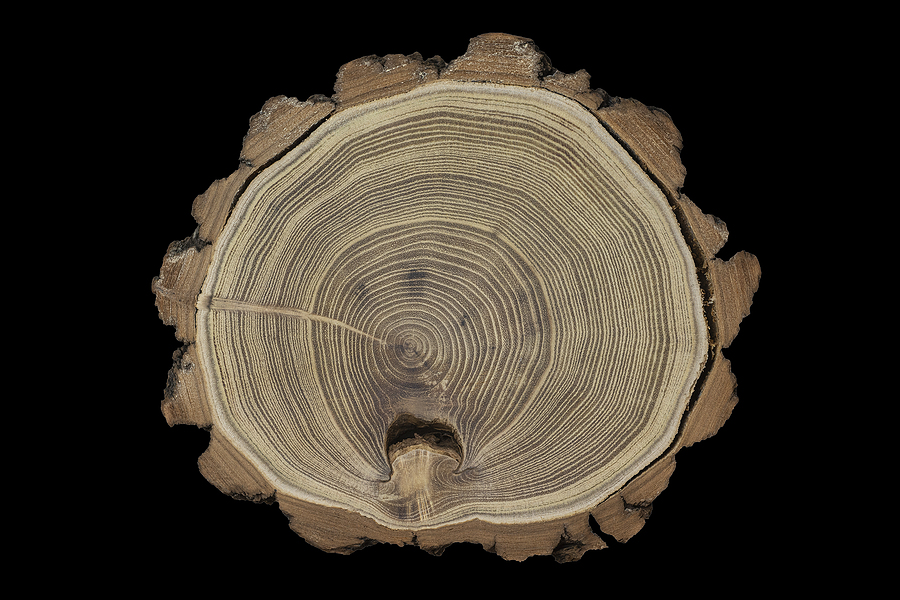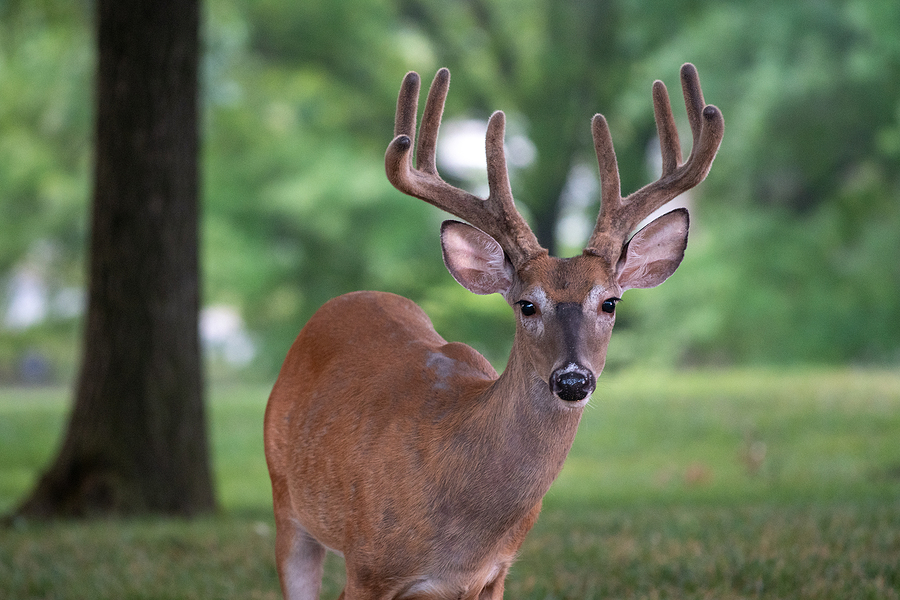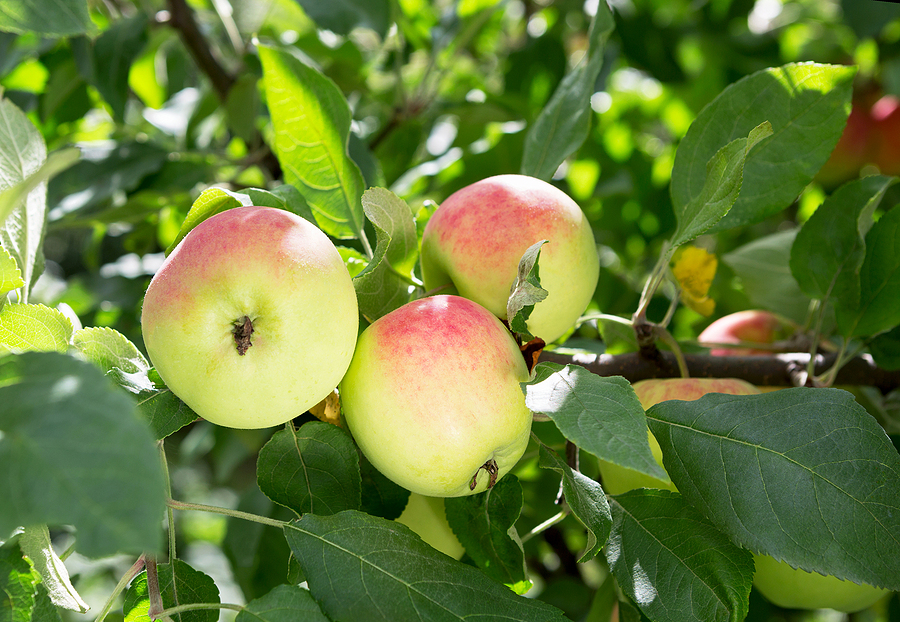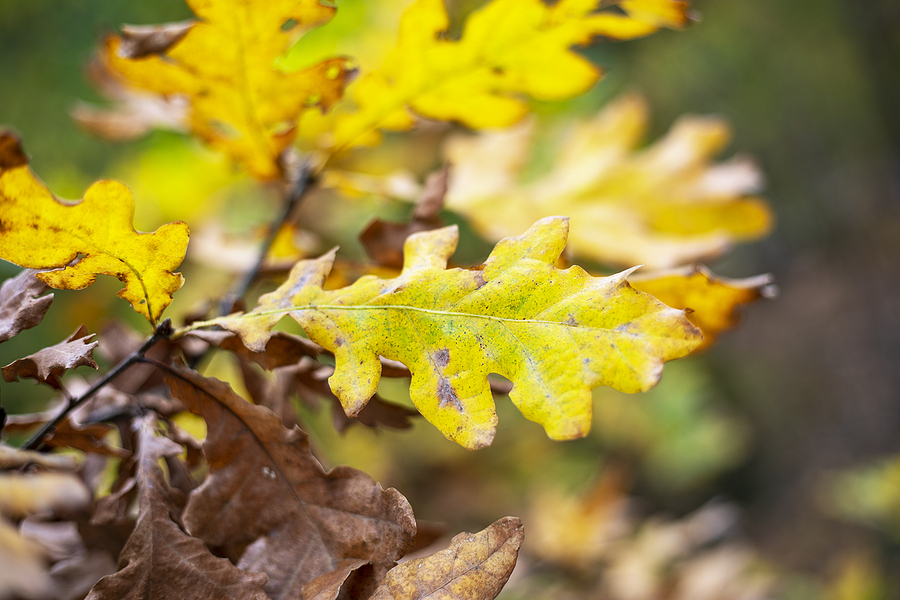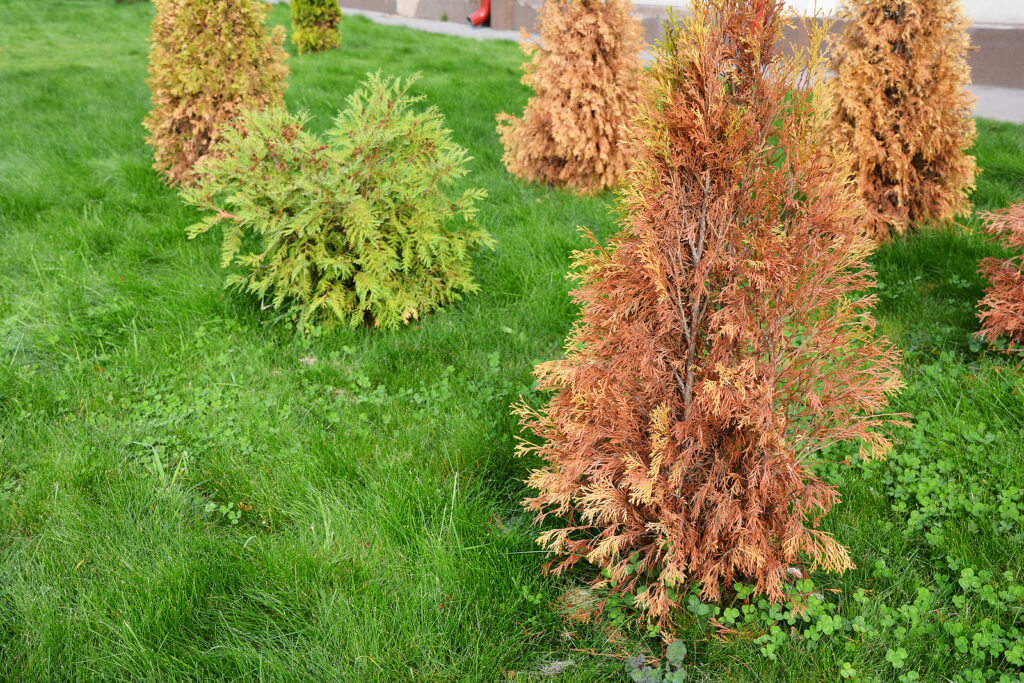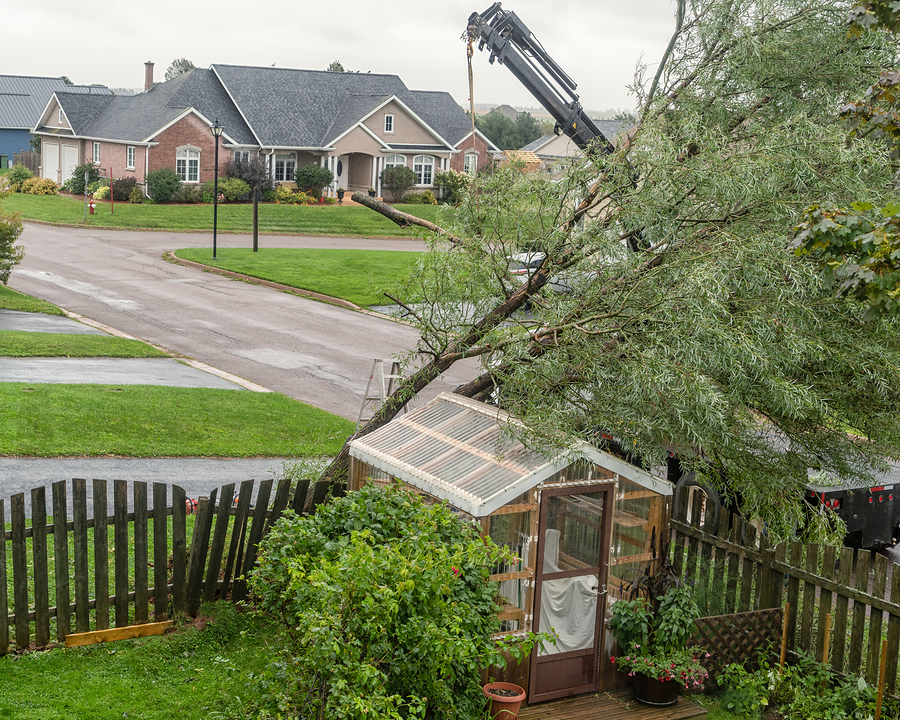As the leaves fall and the cold winds start to blow, it’s time to turn our attention to the silent sentinels of our yards – our trees. The harsh Indiana winter can be rough on these towering giants. The season’s heavy snow falls and freezing temperatures can cause severe damage, from broken branches to uprooted trunks. That’s why winter tree care, including proactive measures such as tree pruning, mulching, and tree cable installation, is so vital.
This blog post is geared to equip you with essential tips and techniques to brace your bark, ensuring your trees stand tall and healthy through the winter and welcome spring in all their verdant glory.
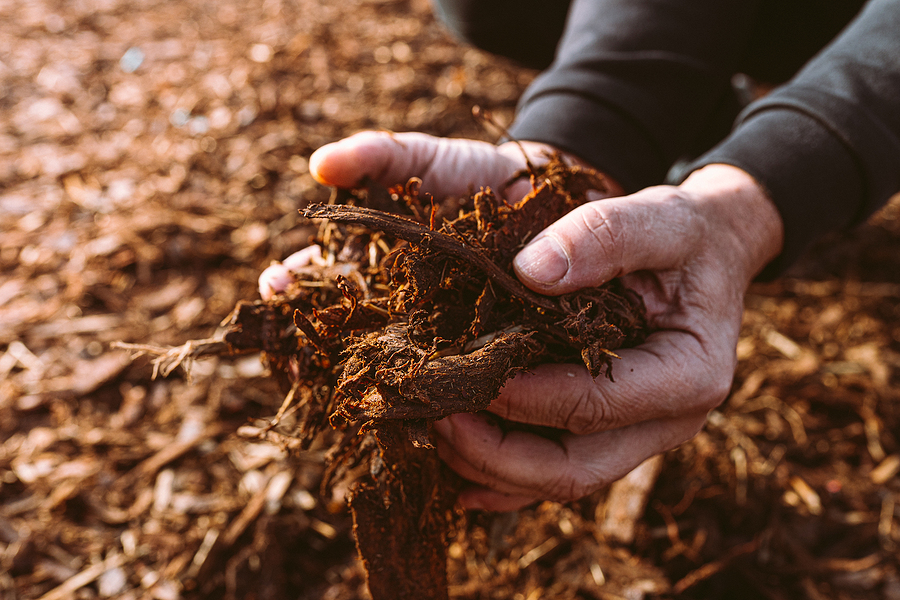
Why Winter Tree Care Matters
First and foremost, let’s understand why winter tree care is crucial. As the temperatures drop, trees go dormant, meaning they stop growing and conserve their energy to survive the cold weather. This dormancy also makes it an ideal time for tree maintenance as they are less vulnerable to trauma from pruning or other treatments.
Furthermore, winter tree care is essential for the survival of young and newly planted trees, as they have not yet developed a strong root system to withstand harsh winter conditions. Proper care and maintenance during this time can help these young trees establish themselves, ensuring their healthy growth in the upcoming seasons.
Tree Pruning in Winter
One of the most critical aspects of winter tree care is pruning. The process involves selectively removing dead, damaged, or diseased branches from the tree. Pruning helps maintain the tree’s structural integrity by removing weak and potentially hazardous limbs that could break and cause damage during winter storms. It also improves air circulation and allows more sunlight to reach the tree’s canopy, promoting healthy growth.
Winter pruning is ideal for deciduous trees (trees that lose their leaves in winter) as they are dormant, making it easier to identify and remove damaged branches. However, be cautious not to over-prune, as this can cause unnecessary stress to the tree. It’s best to hire a professional tree care company for any extensive pruning.
Mulching for Winter Protection
Mulching is another essential aspect of winter tree care that often goes overlooked. Mulch is a layer of organic material applied around the tree’s base, acting as insulation for the root system. It helps regulate soil temperature and moisture, protecting the roots from extreme cold and frost.
When mulching your trees, ensure not to pile the mulch against the tree’s trunk as it can lead to rot and disease. Instead, spread a layer of 2-3 inches of mulch in a ring around the tree, leaving a gap of a few inches between the mulch and the trunk.
Tree Cable Installation
For trees with weak or split branches, tree cable installation and bracing can be an effective solution. This process involves installing cables between branches to provide additional support and lessen the risk of breakage during winter storms. It’s crucial to have a professional arborist assess the tree and determine if it’s suitable for cabling, as incorrect installation can cause more harm than good.
In Summary
Winter tree care is an essential part of maintaining healthy and beautiful trees. Through proper pruning, mulching, and other proactive measures like tree cable installation, you can brace your bark and protect your trees from the harsh Indiana winter. So, take the time and effort to ready your trees for the season ahead, and you’ll reap the rewards in spring when they burst back to life with renewed vigor.
Are you in need of expert tree services this winter season? Contact Timberland Tree Care at 317-348-0811 for licensed and insured tree service in Indianapolis, Indiana. We serve residential and commercial customers all throughout the surrounding Indy areas.
Related Posts:
Tips for Caring for Evergreen Trees During the Winter
Reasons Why Your Tree Died Over Winter
How to Help Your Trees Through the Winter

